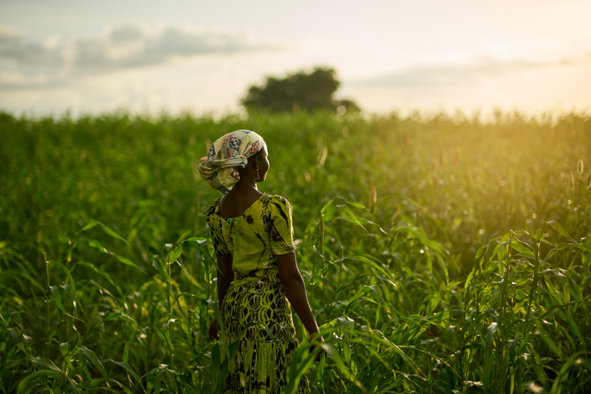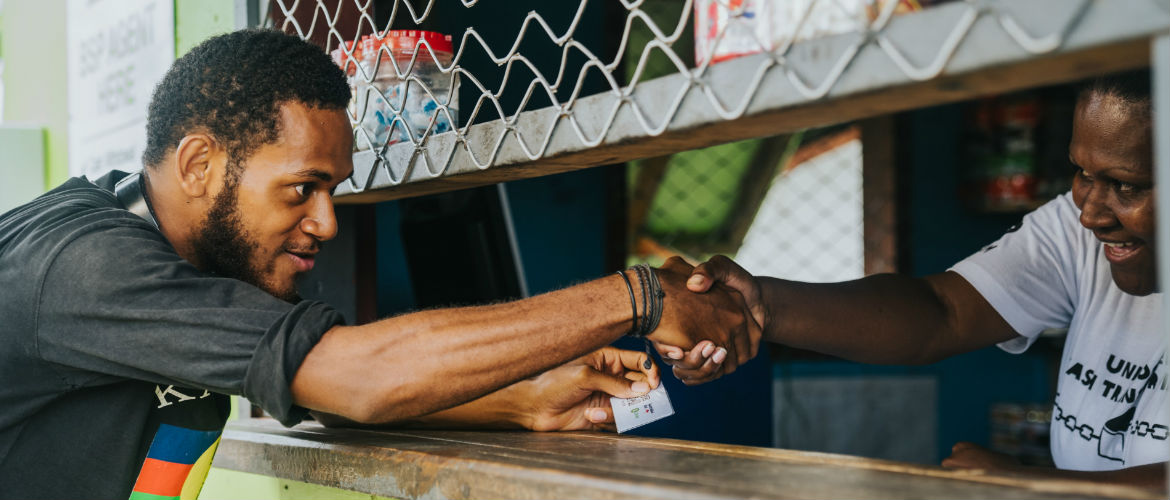Photo: Afghanistan: On the road between Mazar-i-Sharif and Kabul. © Guy Tillim/Control Arms
Last Friday in New York, Oxfam, UN Women and UNICEF brought together governments, UN officials and NGOs activists to discuss the enormous strain that conflict and armed violence puts on socio-economic development, and asked – how can the Arms Trade Treaty (ATT) make a difference?
While States’ legal responsibility to development is enshrined in the UN Charter, as well as in numerous other international commitments – such as the Millennium Development Goals – there’s still a degree of ambivalence around the question of definitions. A ‘violation of socio-economic development’ is less clear-cut from a legal perspective than say a violation of human rights or international humanitarian law. There seems to be broad agreement amongst states that an ATT should include parameters that prohibit a transfer of weapons if there is a risk those weapons will be used to commit serious violations of the laws of war and violations of human rights. With the development parameter, it’s still a little more difficult. Whilst states have committed to advancing development time and time again, we’re not quite at the stage where we can easily define a particular action as a ‘crime against development’.
Yet, the destructive impact of irresponsible arms use on development are undeniable. In surveys conducted in eastern Democratic Republic of the Congo last year by UNDP, 80% of people stated that they didn’t have access to markets, medical services or schools as a result of insecurity and armed violence. In Zambia, limited state resources mean that the average funding for medical treatment is just $6 per person per annum. Meanwhile, treating one Zambian patient’s gunshot wound can cost as much as $3000 – that’s the equivalent of the annual medical budget for 500 Zambians! What’s more, the estimated $284 billion lost in Africa as a result of armed conflict between 1990 and 2006 accounts for almost all Official Development Assistance to the continent during the same period.
Clearly there’s a need for better regulation of arms transfers to prevent further steps backwards, and the Arms Trade Treaty presents a unique opportunity to address this issue. Oxfam has identified at least four ways to assess whether arms transfers likely to undermine development should be authorized or not. Namely, a transfer should not be authorized if there is a substantial risk that the transfer will:
– Fuel high levels of armed violence, in a country or region
– Lead to diversion of funds from essential services, such as health and education
– Involve corrupt practices, or contribute to a pattern of corruption in the country, or
– Undermine efforts to build sustainable peace in a state emerging from conflict
The next challenge is translating these standards into the kind of robust legal language required for the governments drafting the Arms Trade Treaty. One conclusion from Friday’s workshop was to look to already agreed and emerging legal arrangements spearheaded at the regional level, as well as the support of concerned and affected States, to make headway on this issue. Let’s get to work.
Ben Murphy is Humanitarian Advocacy Officer with Oxfam Australia. Ben will be blogging and tweeting (@Ben_Murphy83) from inside the UN Arms Trade Treaty conference all this week.


 Doris*, daughter, 5; Pamila*, 2. Christina grows maize and she was shown how to make compost as part of the CRAFS (Climate Resilient Agriculture and Food Systems) programme.
Doris*, daughter, 5; Pamila*, 2. Christina grows maize and she was shown how to make compost as part of the CRAFS (Climate Resilient Agriculture and Food Systems) programme.